Verdura Plantation
The ruins of a once massive plantation are now a private residence hidden in the Florida wilderness.
Verdura Plantation was once one of the largest examples of early antebellum plantation style. Situated on 9,000 acres of land, the house was a three-story, 13-room, 10-columned mansion. Benjamin Chaires, who built Verdura, was the first millionaire in the state of Florida. He designed the layout of Jacksonville, then brought the railroad to and established the first bank in Tallahassee, Florida. Benjamin died in 1838. His wife, Sarah Jane Powell, died just eight years later.
Charles, the youngest son of Benjamin and Sarah, became the owner of Verdura after his siblings left to establish plantations and start their own families. After his first wife died, Charles married Martha Mash. Thus began the chain of circumstances–from disloyalty, lawsuits, a gunfight, and unexplained death–that eventually led to the Chaires family no longer being owners of Verdura.
In 1878, Charles returned home from a long trip away and discovered that Martha was pregnant. He sent Martha away to have the baby, discovered that his wife had been having an affair with his nephew, then filed for dissolution of the marriage. Charles and his nephew, Ben, engaged in a “shooting affray” on a downtown Tallahassee street in 1879. Both men were arrested, though all charges were eventually dropped. Charles died of mysterious circumstances at the St. Marks Lighthouse in 1881, before a judge had made a decision about the charges of adultery against Martha, or on the dissolution of their marriage. Verdura, believed to eventually have been given over to creditors, was destroyed by a fire sometime in the late 1880s.
The plantation land, thought to have once contained slave quarters, slave cemetery, cotton gin, Seminole Indian encampment, Spanish colonial-era mission, and other outbuildings, has never been protected or fully studied. The land is currently privately owned by the St. Joe Company and is mostly used as hunting tracts. Little remains of the ruins beyond some columns and a pile of crumbling bricks.
Update as of November 2020: This site is located on private property and this should be used for informative purposes only.
Know Before You Go
The land is currently privately owned and trespassing is forbidden.
Community Contributors
Added by
Edited by
Plan Your Trip
The Atlas Obscura Podcast is Back!



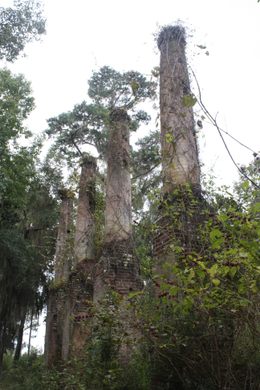
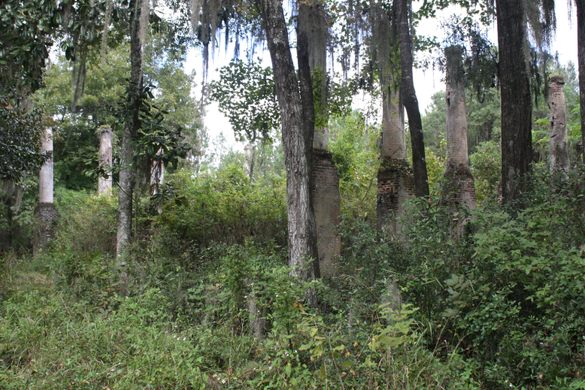
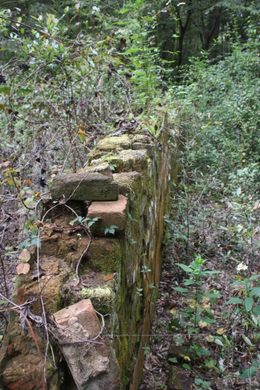
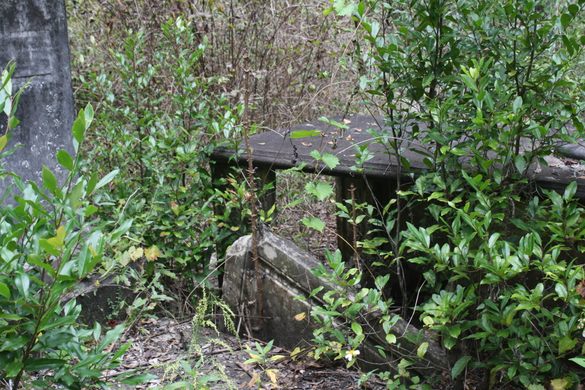
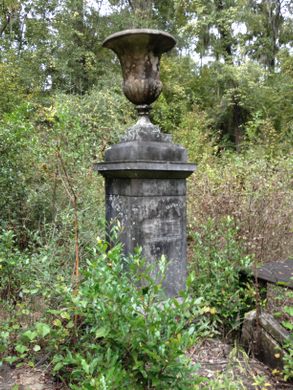
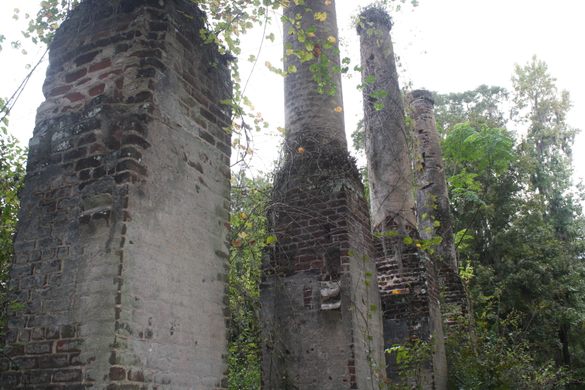










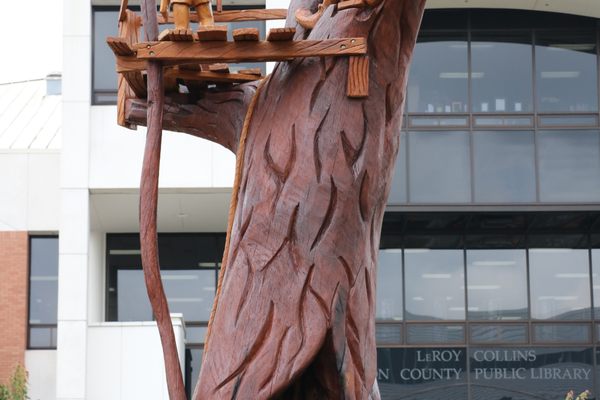


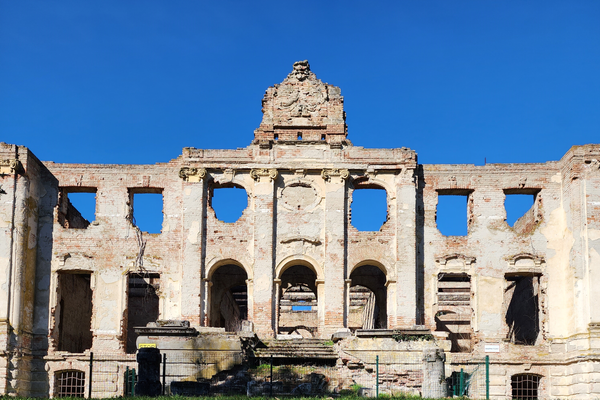

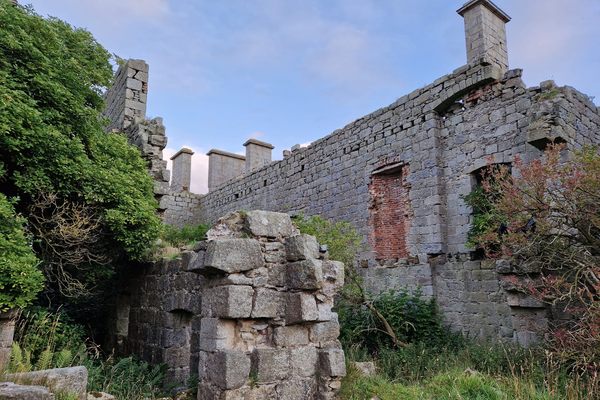

Follow us on Twitter to get the latest on the world's hidden wonders.
Like us on Facebook to get the latest on the world's hidden wonders.
Follow us on Twitter Like us on Facebook